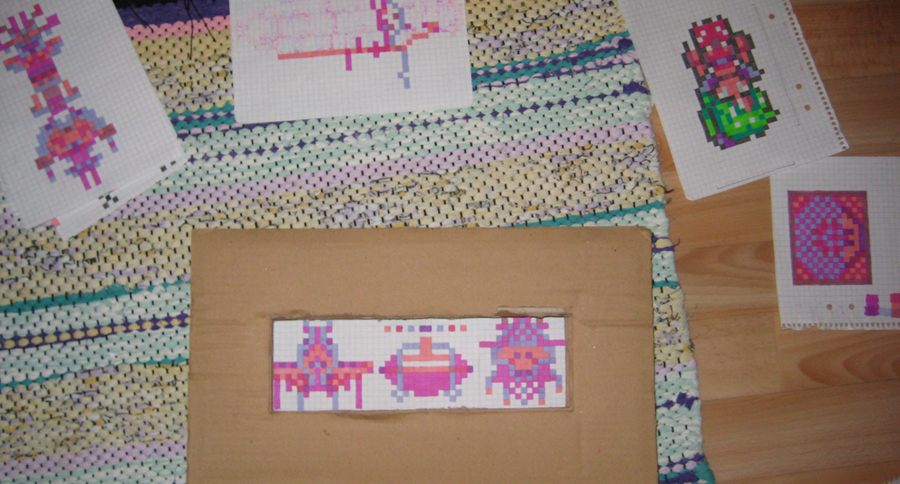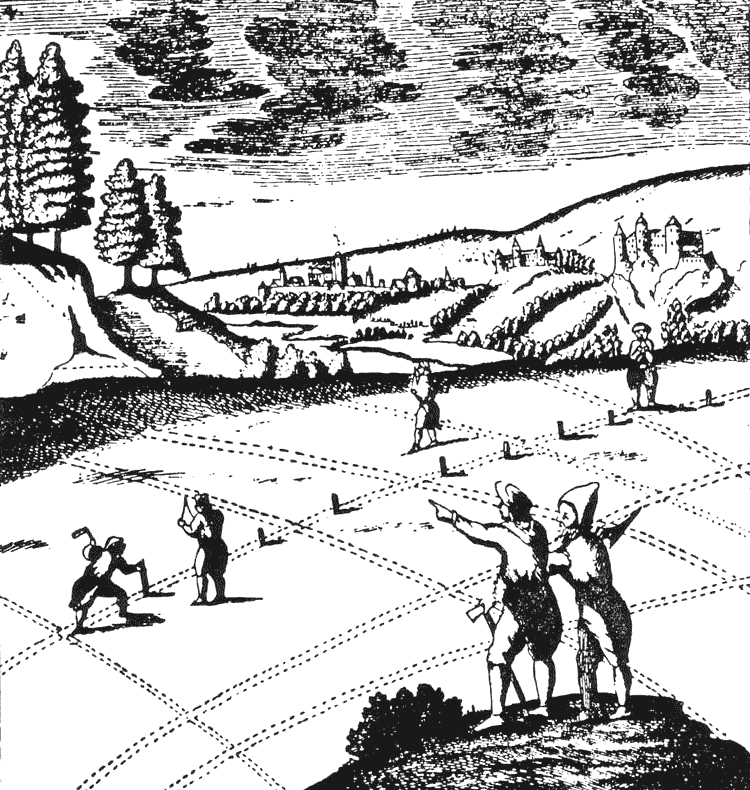There is something very appealing to a grid. It is a neutral base of regular units, and it invites you to create something within it. It’s a frame. it’s limited. But limitations can create freedom.
Graphic designer Wim Crouwel embraced the limitations of the cathode ray tube technology [x] when creating the type face “New Alphabet” in 1967. The type face only consisted of horizontal and vertical lines and drew, at it’s time, a lot of attention because of its modernity and radical difference from other type faces.
Seeing Crouwel’s sketches for New Alphabet, drawn on thin-gridded paper, evoked my autistic desire to get really really close to the paper and start filling in those tiny squares with a sharp edged pencil… There is a very comforting feeling in working within the linear walls. There is filled or empty, right and wrong.
In addition to the field of graphic design, grid-based systems are being used in numerous areas, in order to organize and visualize things. Looking closely to my laptop screen, I can see the grid, in which #000000 colored pixels form these letters…
My fixed information resource Google, tells me cartography is a significant area within the grid-world. I fall into tacky new age web sites and read with curious eyes, and a half open mind about alternative planetary grid systems, made throughout history. Critical of the conventional longitudinal/latitudinal geography. One of them is The Becker-Hagens Icosahdron Projection [x] (The name in it self is impressive). It’s a mapping of all the megalithic sites around the world. The results showed to form a pattern of an icosahedron [x]. I also came across an implied connection between UFO phenomenon and magnetic-vortex-gravity anomalies in the Grid(!) Even though this information is highly questionable, it is always good to put the existing order into question.

